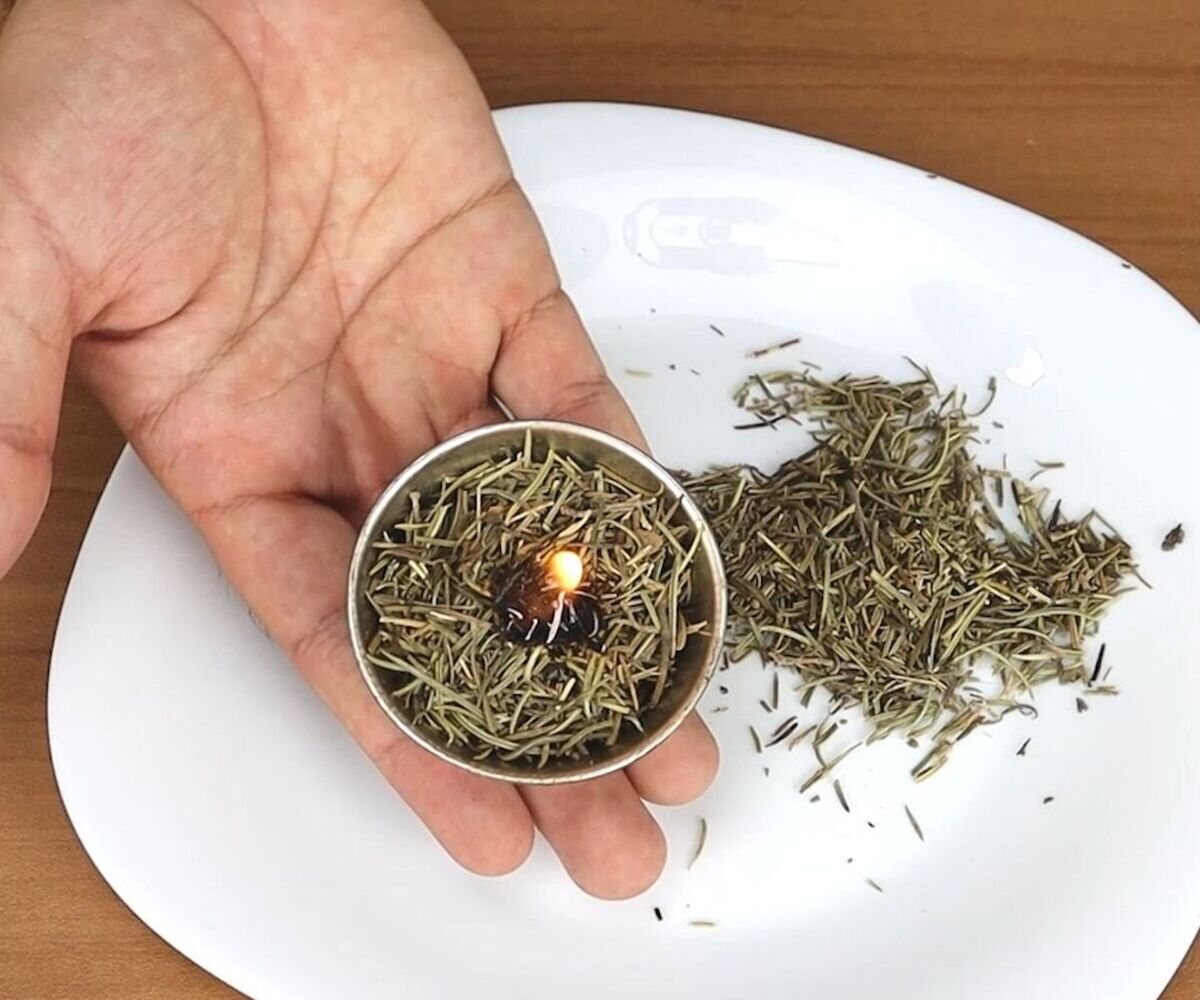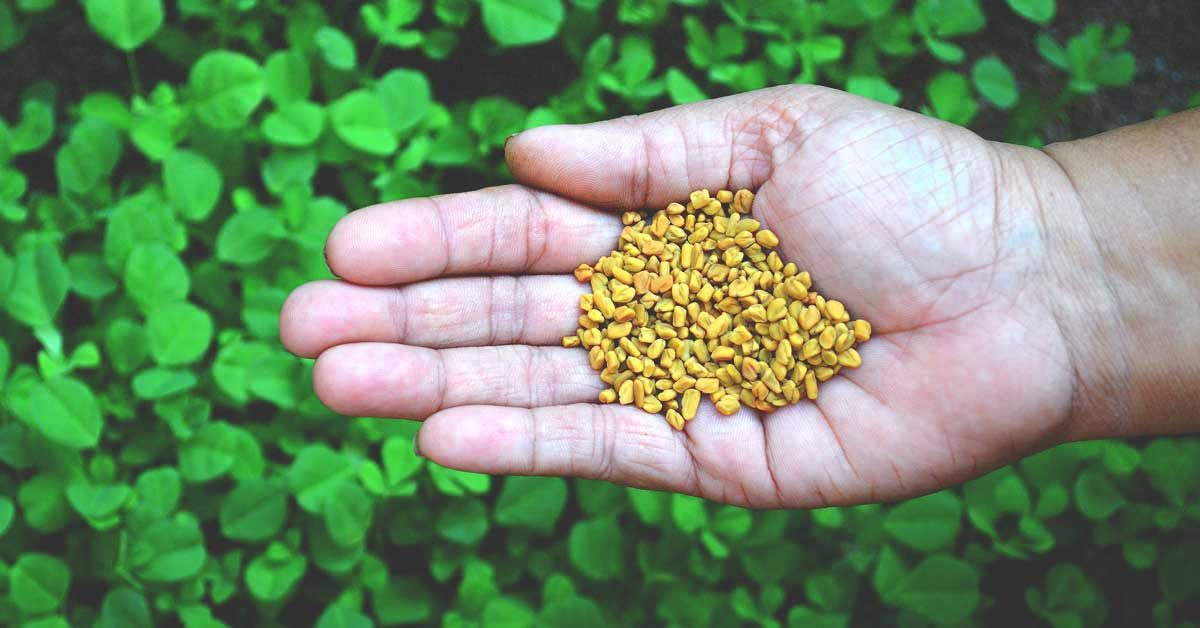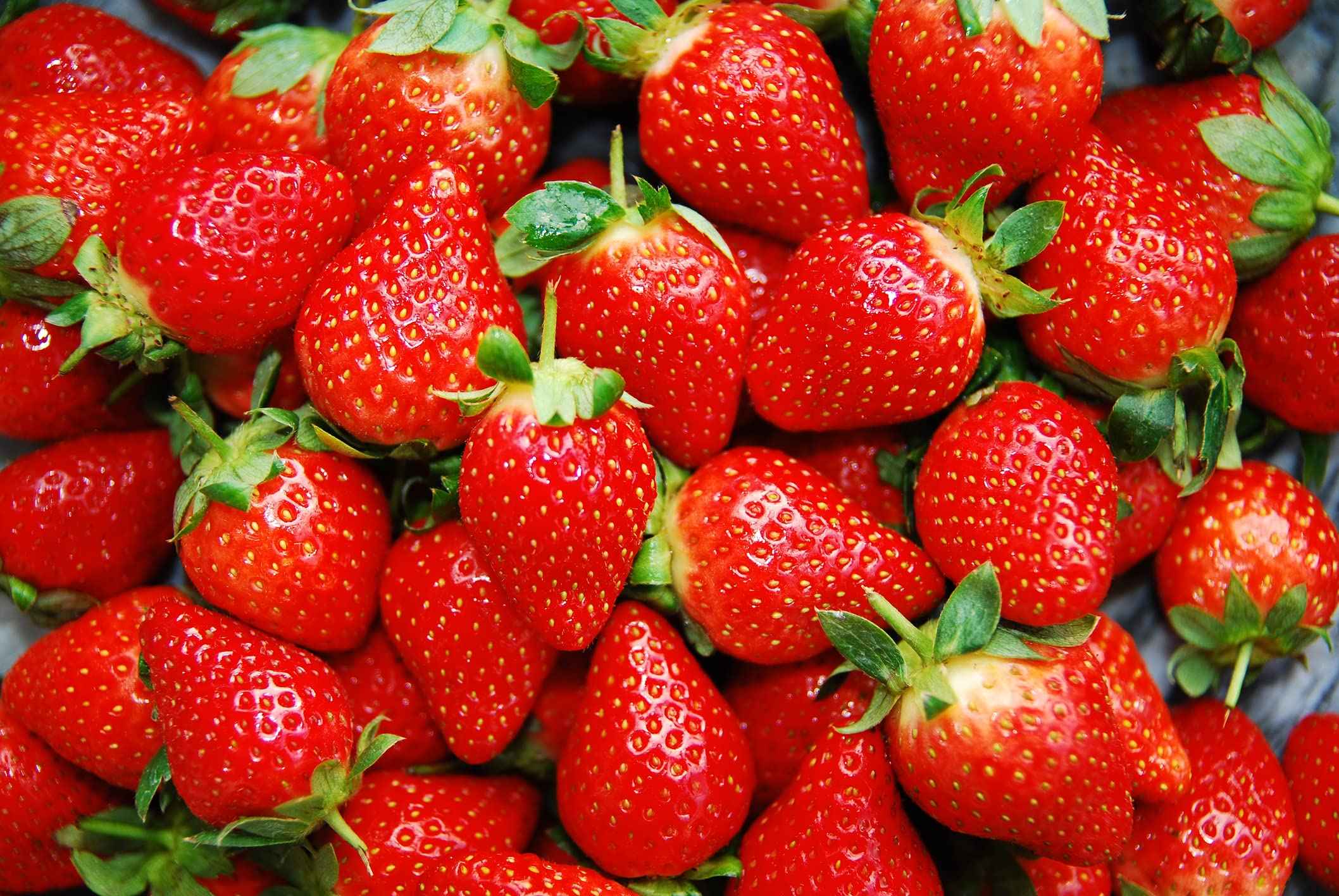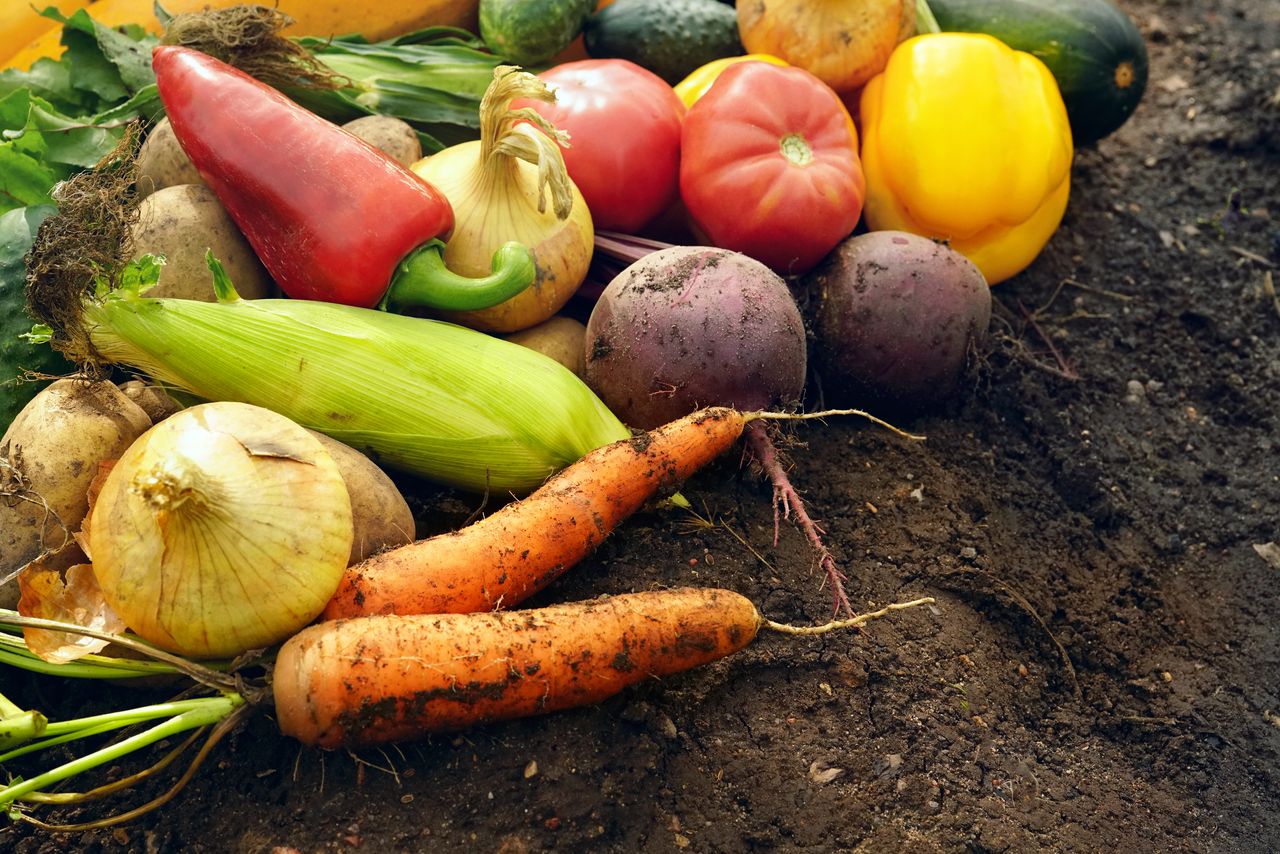Home>Gardening News and Trends>Latest News>How Many Calories Burned Pulling Weeds


Latest News
How Many Calories Burned Pulling Weeds
Published: December 16, 2023
Discover the latest news on how many calories you can burn by pulling weeds. Learn about the benefits of gardening for your health and fitness.
(Many of the links in this article redirect to a specific reviewed product. Your purchase of these products through affiliate links helps to generate commission for Chicagolandgardening.com, at no extra cost. Learn more)
Table of Contents
Introduction
Pulling weeds may not be the most glamorous task in the gardening world, but it is a necessary one. However, did you know that pulling weeds can also be a great way to burn calories and get some exercise? That’s right! While weeding your garden, you are not only maintaining its beauty but also giving your body a workout.
In this article, we will explore the benefits of pulling weeds, factors affecting the calories burned during this activity, how to calculate the calories burned, and some tips on maximizing calorie burn while pulling weeds. So, if you’ve been putting off weed pulling, you may just find a newfound motivation to tackle those unruly plants after learning about the calorie-burning potential.
Whether you have a small garden or a sprawling backyard, weeding is a chore that is often unavoidable. Instead of seeing it as a mundane task, think of it as an opportunity to get fit and burn some calories.
So, let’s dive in and discover how many calories you can burn by pulling weeds and how you can make the most of this activity for your health and fitness goals.
The Benefits of Pulling Weeds
While the primary goal of pulling weeds is to maintain the aesthetics of your garden, there are several additional benefits that make this task even more worthwhile. Here are some of the key benefits of pulling weeds:
- Physical Exercise: Pulling weeds involves various movements, such as bending, stretching, and squatting. These repetitive actions engage multiple muscle groups, providing a low-impact form of exercise. It can help improve your strength, flexibility, and overall fitness level.
- Calorie Burn: Weeding can be surprisingly effective in burning calories. The physical exertion and constant movement involved in pulling weeds can contribute to calorie expenditure. The amount of calories burned depends on factors such as your body weight, intensity of the activity, and duration.
- Mental Well-being: Spending time in nature and tending to your garden can have a positive impact on your mental health. Pulling weeds provides an opportunity to connect with nature, reduce stress levels, and enjoy the therapeutic benefits of gardening.
- Improved Garden Health: Weeds can compete with your desirable plants for resources such as water, nutrients, and sunlight. By removing weeds, you are allowing your garden plants to thrive and grow more effectively.
- Sustainability: By pulling weeds manually instead of relying on chemical herbicides, you are adopting a more sustainable approach to gardening. This reduces the use of harmful chemicals, promotes environmental health, and ensures the safety of pollinators and other beneficial organisms.
These benefits go beyond simply beautifying your garden. They contribute to your overall well-being and align with a healthier and more sustainable lifestyle.
Factors Affecting Calories Burned While Pulling Weeds
While pulling weeds is undoubtedly a beneficial activity for burning calories, the exact number of calories burned can vary based on several factors. Understanding these factors can help you estimate the calorie burn more accurately. Here are the key factors that influence the calories burned while pulling weeds:
- Body Weight: The number of calories burned during any physical activity is influenced by your body weight. Heavier individuals tend to burn more calories compared to lighter individuals performing the same activity.
- Intensity of the Activity: The level of effort you put into pulling weeds will affect the number of calories burned. Intense pulling and vigorous movements will result in a higher calorie burn compared to more relaxed or casual weeding.
- Duration of the Activity: The length of time spent pulling weeds also plays a role in the calorie burn. The longer you engage in the activity, the more calories you are likely to burn.
- Gardening Techniques: Different gardening techniques can impact the intensity of the activity and, consequently, the calories burned. Factors such as the use of gardening tools, gardening posture, and the strength applied can influence the energy expenditure involved in weeding.
- Environmental Conditions: Environmental factors, such as weather conditions, can affect the intensity and duration of your weeding session. Hotter temperatures or challenging terrain may increase the effort required and, subsequently, the calories burned.
- Individual Fitness Level: Your overall fitness level also contributes to the energy expenditure during weeding. Individuals who are more physically fit often have greater stamina and endurance, allowing them to perform the activity for a longer duration and potentially burn more calories.
It is important to note that these factors can vary from person to person. Additionally, the calorie burn estimation provided by fitness trackers or online calculators is an approximation and not an exact science. However, considering these factors can help you get a rough idea of the energy expenditure involved in pulling weeds.
Calculating Calories Burned Pulling Weeds
While there is no exact formula for calculating the exact number of calories burned while pulling weeds, you can use estimated values to get a general idea. Keep in mind that these calculations are approximations and may not be 100% accurate for everyone. To calculate the calories burned while pulling weeds, you can follow these steps:
- Estimate Metabolic Equivalent (MET) Value: MET value represents the energy expenditure of an activity relative to the resting metabolic rate. The MET value for pulling weeds is estimated to be around 3-5 METs, depending on the intensity and duration of the activity.
- Determine Your Basal Metabolic Rate (BMR): Your BMR is the number of calories your body needs to perform basic functions at rest. Several online calculators can provide you with an estimate of your BMR based on factors like age, gender, weight, and height.
- Calculate Calories Burned per Hour: Multiply your BMR by the MET value for pulling weeds. For example, if your BMR is 1500 calories per day and the MET value for pulling weeds is 4, your estimated calorie burn per hour would be 600 calories (1500 x 4 / 24).
- Adjust for Duration: Multiply the calories burned per hour by the number of hours or fraction of an hour you spent pulling weeds. If you weeded for 45 minutes, you would multiply the estimated calorie burn per hour (600 calories) by 0.75, resulting in an estimated calorie burn of 450 calories.
Remember, these calculations are approximate and may not account for individual variations. Factors such as intensity, body weight, gardening techniques, and environmental conditions can influence the actual calorie burn. Consider these calculations as a rough estimate or starting point to gauge your energy expenditure during weeding.
If you want a more accurate measurement, you can consider using a fitness tracker that provides real-time calorie burn data based on your specific activities and biometrics. These devices use advanced algorithms and sensors to provide a more personalized estimate of your energy expenditure.
Tips for Maximizing Calorie Burn While Pulling Weeds
If you’re looking to make the most out of your weeding sessions and maximize your calorie burn, here are some tips to consider:
- Engage Your Whole Body: Instead of just focusing on your arms, engage your entire body while pulling weeds. Use your legs by squatting or lunging, incorporate twisting motions to work your core, and maintain proper posture to engage your back muscles.
- Use Manual Tools: Opt for manual gardening tools instead of relying solely on machinery or power tools. Using hand tools like a garden fork or hand trowel requires more physical effort, increasing the intensity of the activity and enhancing calorie burn.
- Vary Your Weeding Techniques: Mix up your weeding techniques to target different muscle groups and add variety to your workout. Try kneeling and pulling, standing and pulling, or even pulling weeds from different positions such as squatting or bending forward.
- Incorporate Intervals: Introduce intervals of higher intensity during your weeding session to elevate your heart rate and increase calorie burn. This could include alternating between faster and slower-paced weeding or incorporating bursts of more intense pulling.
- Keep a Steady Pace: Maintain a steady and consistent pace while weeding to keep your heart rate elevated and maximize the duration of your calorie-burning activity. Avoid long breaks or periods of inactivity.
- Stay Hydrated: Weeding can be physically demanding, so ensure you stay hydrated by drinking water before, during, and after your weeding session. Staying hydrated will help you maintain energy levels and optimize your calorie burn.
- Combine Weeding with Other Activities: If you have a larger garden or a lot of weeding to do, consider combining it with other physical activities. For example, you can incorporate walking lunges between weeding sections or take breaks to do a set of squats or push-ups.
- Track Your Progress: Use a fitness tracker or smartphone app to track your weeding sessions. This can help you monitor your calorie burn, duration, and intensity over time, and provide motivation to challenge yourself and improve your overall fitness.
Remember, safety is essential while gardening. Prioritize proper body mechanics, use suitable protective gear, and listen to your body’s cues. If you have any health concerns or physical limitations, consult with a healthcare professional before engaging in intense physical activities.
By incorporating these tips into your weeding routine, you can transform this seemingly mundane chore into a fun and effective calorie-burning workout.
Conclusion
Pulling weeds may not be the most glamorous task, but it offers numerous benefits beyond just maintaining the beauty of your garden. It can be a surprisingly effective way to burn calories, engage your muscles, and improve your overall fitness level.
In this article, we explored the benefits of pulling weeds, such as the physical exercise it provides, the calories burned, the positive impact on mental well-being, and the contribution to a healthier garden. We also discussed the factors that influence the calories burned while pulling weeds, including body weight, intensity, duration, gardening techniques, environmental conditions, and individual fitness level.
While calculating the exact number of calories burned during weeding can be challenging, estimating based on MET values and adjusting for duration can give you a rough idea. Alternatively, using a fitness tracker can provide more accurate real-time data specific to your body and activity level.
To maximize your calorie burn while pulling weeds, incorporating strategies such as engaging your whole body, using manual tools, varying your weeding techniques, incorporating intervals, and maintaining a steady pace can help you optimize your workout. Additionally, staying hydrated, combining weeding with other activities, and tracking your progress can enhance your overall fitness experience.
So, the next time you step into your garden to tackle those unruly weeds, remember the physical and mental benefits that come with it. Embrace the opportunity to get some exercise, burn calories, and connect with nature. With a little creativity and a fresh perspective, even the simplest gardening tasks can become a fulfilling part of your health and fitness routine.







